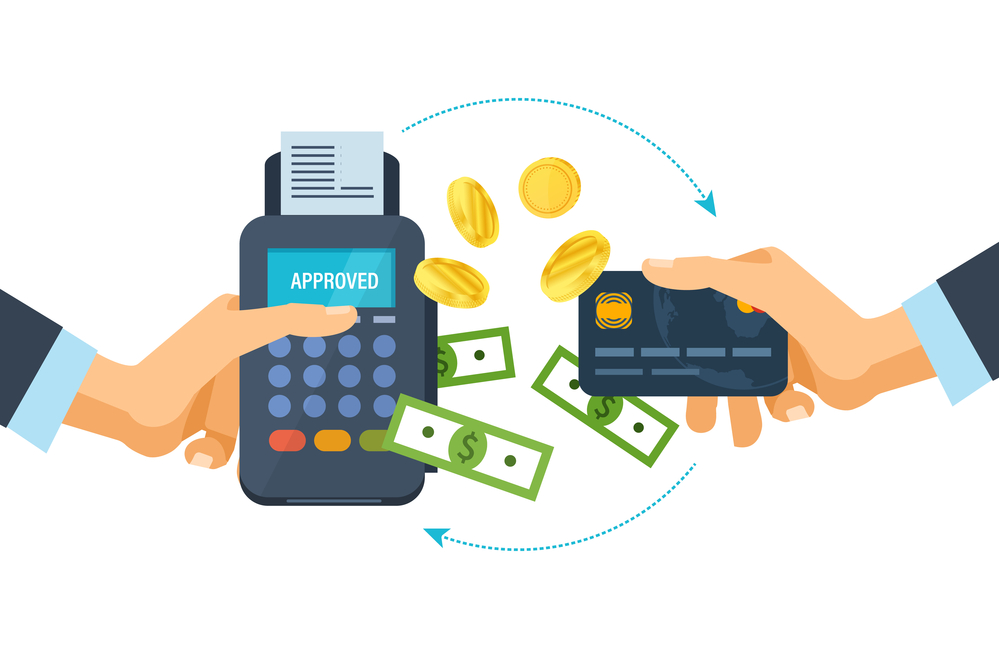Negotiating with Payment Processors — A Merchant’s Playbook

Step 1: Understand Your Data
Before any negotiation, know your average ticket size, monthly volume, and chargeback rate. These metrics are your leverage points.
Step 2: Compare Market Rates
Check benchmarks from acquirer reports or fintech comparison tools. For example, interchange for standard Visa credit is ~1.8–2.5%, while premium cards can exceed 3%. (Nilson Report 2025)
Step 3: Use Competitive Pressure
Show competing offers and ask for matched or improved rates. Payment providers often have discretionary margin room—especially on volume tiers.
Merchant Type | Avg. Discount Rate | Negotiation Goal |
Retail (POS) | 2.3–2.6% | -0.3% |
eCommerce | 2.8–3.1% | -0.4% |
Subscription | 2.5–2.8% | -0.2% |
Step 4: Ask About Hidden Fees
Negotiate PCI, statement, and batch fees. These are easier to waive than interchange.
Step 5: Review Contracts Annually
Payment processors adjust rates often. A yearly review ensures you’re not overpaying due to automatic renewals.
Conclusion
Negotiating with payment processors isn’t about confrontation—it’s about preparation. By benchmarking rates, analyzing your data, and reviewing fees, merchants can achieve substantial savings and better service terms in 2025.
Search
Recent Post
-
Clover vs Square vs Stripe: Choosing the Right POS Ecosystem
-
Square vs Clover vs Stripe: The Ultimate 2025 Payment Gateway Comparison
-
Stripe vs Clover: Which Fits Your Business Best in 2025?
-
Negotiating with Payment Processors — A Merchant’s Playbook
-
How Payment Routing Can Save You 20% or More on Card Costs

